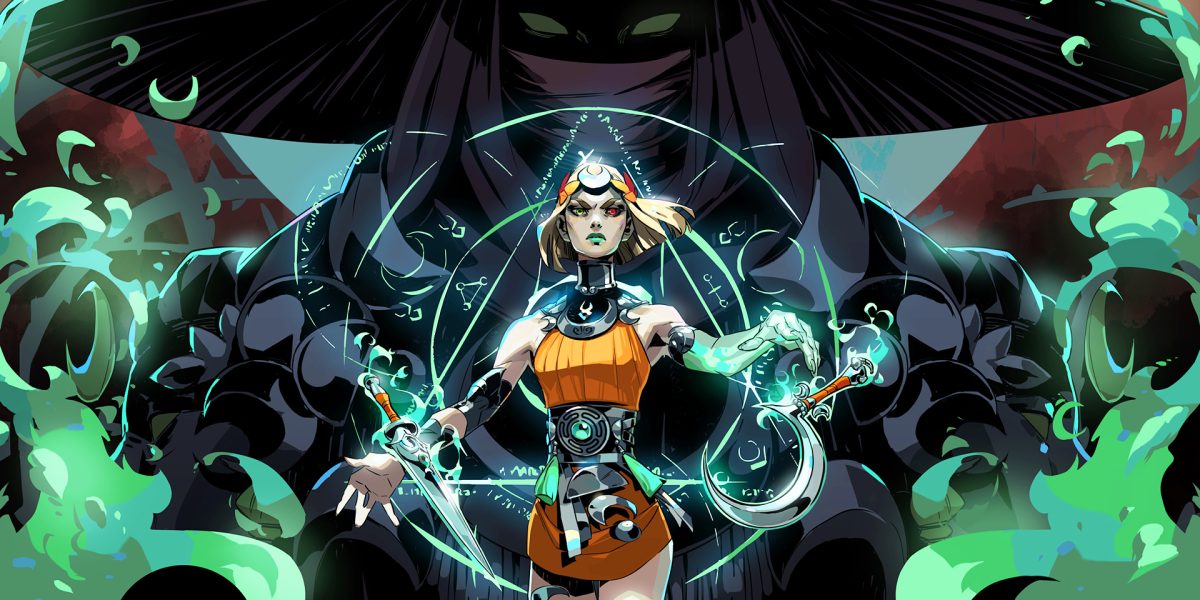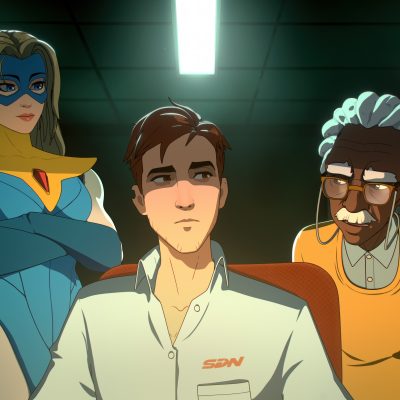From the moment you enter the Underworld, Hades II declares itself to be both familiar and audacious. What many felt was impossible has been accomplished by Supergiant Games: a sequel that boldly and thoughtfully builds upon the first game’s formula rather than just copying it. Hades II asserts its position as a notable example of contemporary roguelike design by incorporating new mechanics, a new protagonist, and more ambitious narrative goals while building upon Hades’s merits.
Where Hades centered on Zagreus’ attempts to escape the Underworld, Hades II shifts its focus to Melinoë, the daughter of Hades and Persephone, and sister to Zagreus. Her quest: to avert the rise of Chronos, the Titan of Time, who has assaulted the Underworld and threatened to unravel the salvaged balance of the Greek pantheon.
This setup shifts the tone immediately. Where Zagreus’s story had been young and rebellious, Melinoë’s is dark and haunted. She is less rebel like someone weighed down by destiny as much as duty. Through her, Hades II explores ideas of inheritance, time, and the price of power. Supergiant writing dazzles again in its subtler moments. The dialogue with old and new gods is by turns humorous and sorrowful. Greek mythology refraction of the game is still unparalleled, playful and yet profoundly respectful. Melinoë’s interactions with new gods like Hecate, Apollo, and Nemesis have tutoring and tension in equal parts, keeping her story on intimate rather than cosmic emotions. Where the first game was about running away from the past, Hades II is about confronting it, and that distinction gives the story real weight.
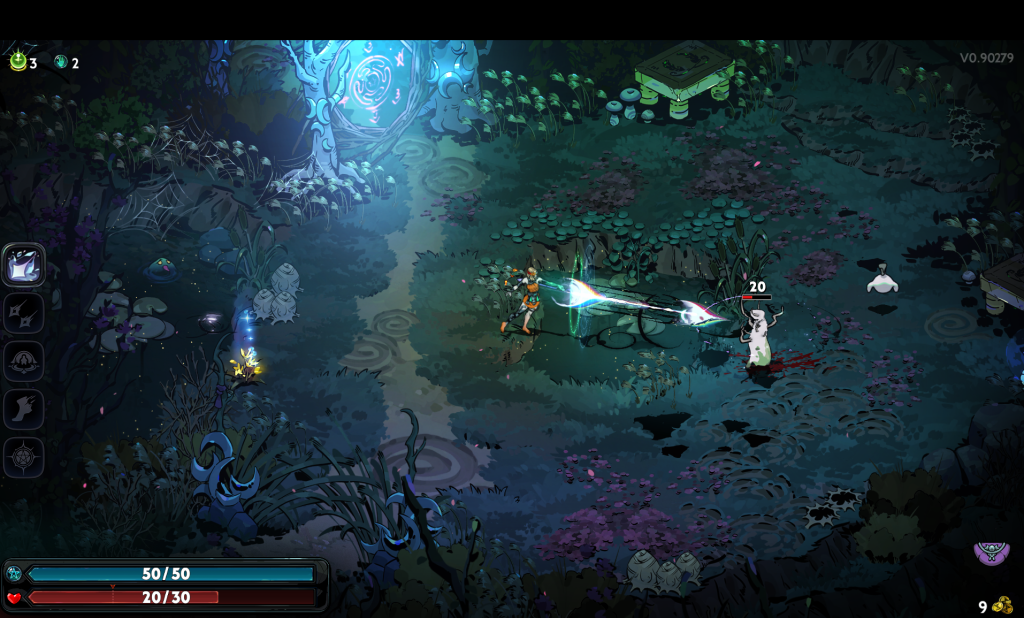
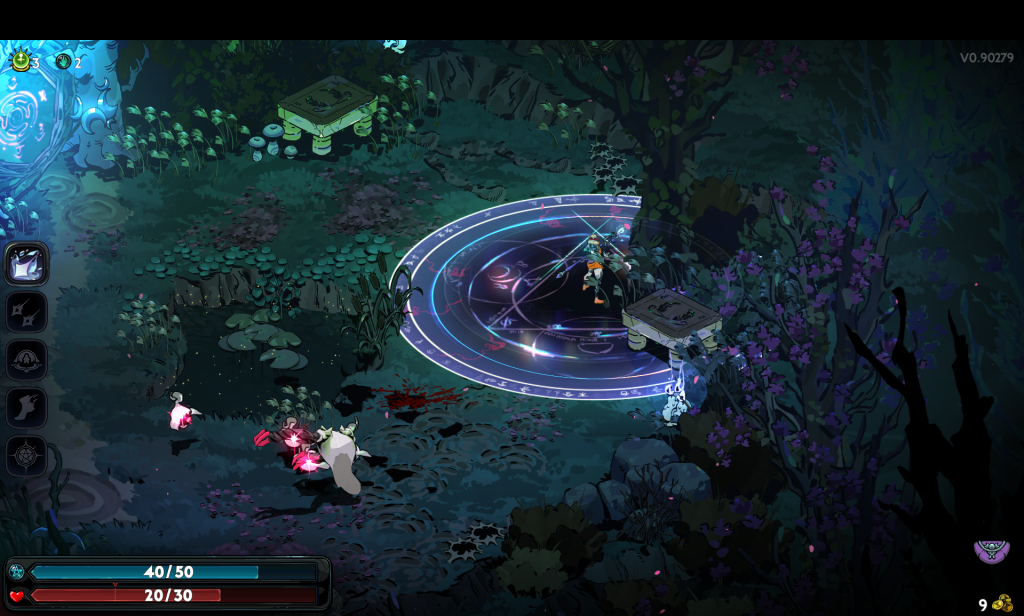
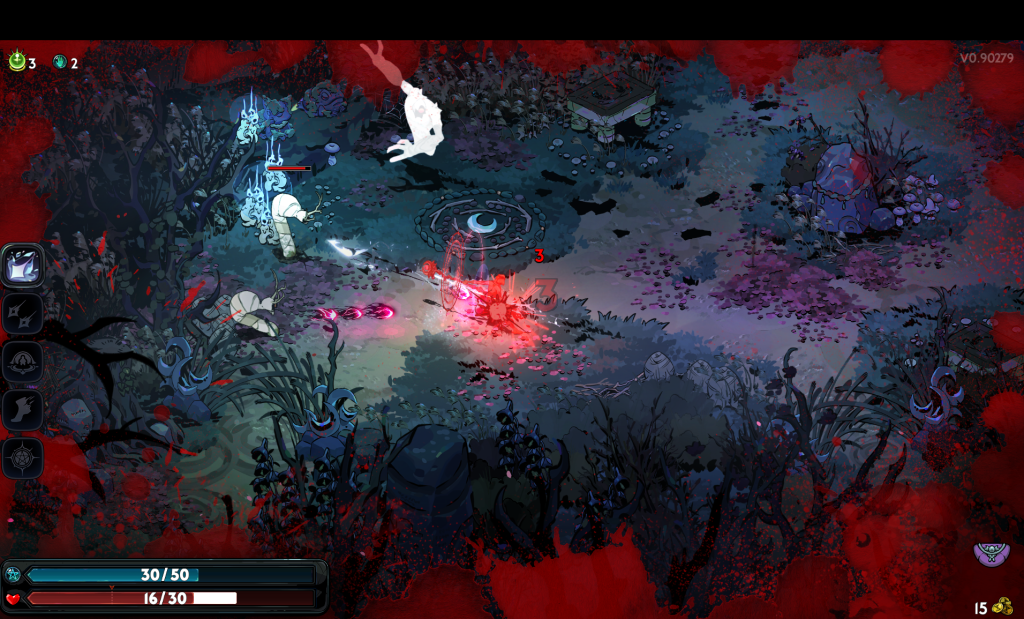
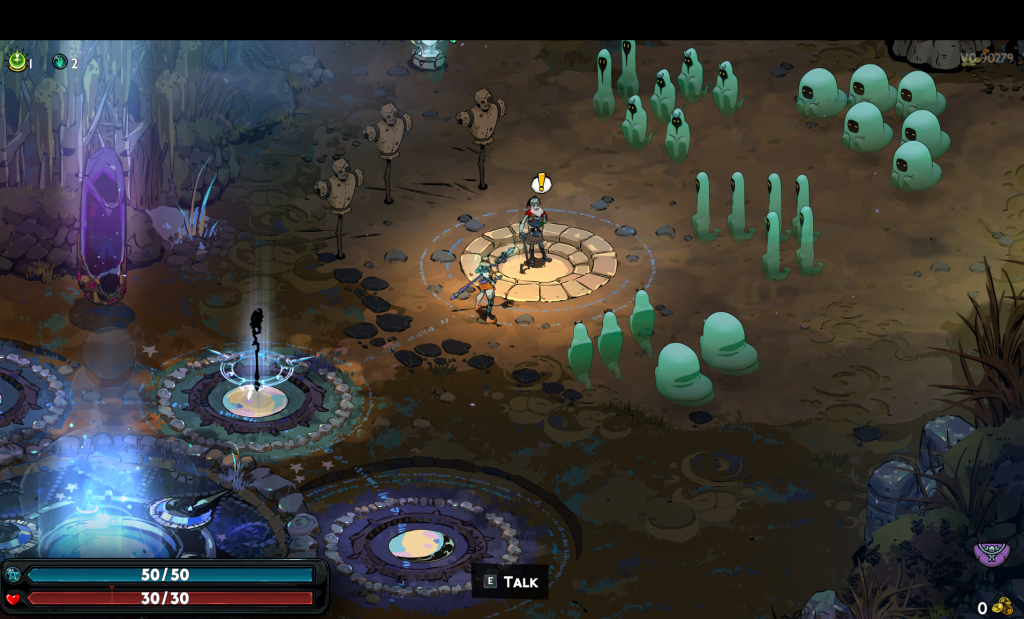
Fundamentally, Hades II remains a frantic action roguelike, but its combat systems are now more sophisticated and satisfying. Melinoë employs sets of physical weapons and magick, the latter being taken from her education as a witch. She has scythes, staves, daggers, and a game-concluding moonstone axe, each with its own feel and skill limit.
A new Magick Meter fuels special abilities called Hexes, which are powerful spell-like defenses or attacks. Magick management is now equally important as dodging — a rhythmical balancing act between offense and conservation. The deeper you progress, the more the game rewards experimentation. A dagger build can focus on stealth and speed, but a staff build transforms Melinoë into a battlefield maestro, orchestrating spells between melee attacks.
The roguelike mechanics — fighting through procedurally generated levels — remain intact, but the world is no longer strictly a linear climb from Tartarus to Olympus. Instead, you have multiple routes available as you progress, where you can choose whether to climb upward through the mortal world or delve deeper into the shifting planes of the Underworld. Each route has its own pitfalls and rewards, keeping the experience engaging even after playing the game dozens of times. God blessings continue to influence your gameplay, but Hades II introduces new levels of strategy and combos into the equation. Blessed are certain blessings that operate directly in conjunction with magick; some boost your base weapon attacks or enhance specific Hexes. The possibilities are staggering, and discovering brokenly powerful builds remains one of the game’s purest joys.
It’s the type of combat system that makes losing thrilling. Each loss is something you learn from, each playthrough a new permutation. The haptic pleasure of the first game, that mixture of crisp control and kinetic thrill remains, now honed to perfection.
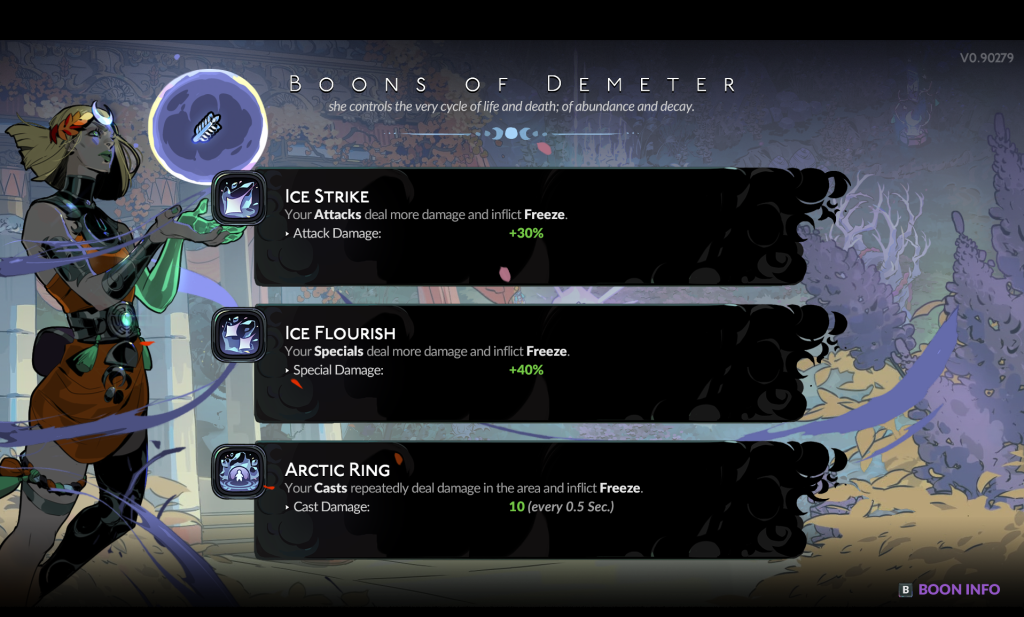
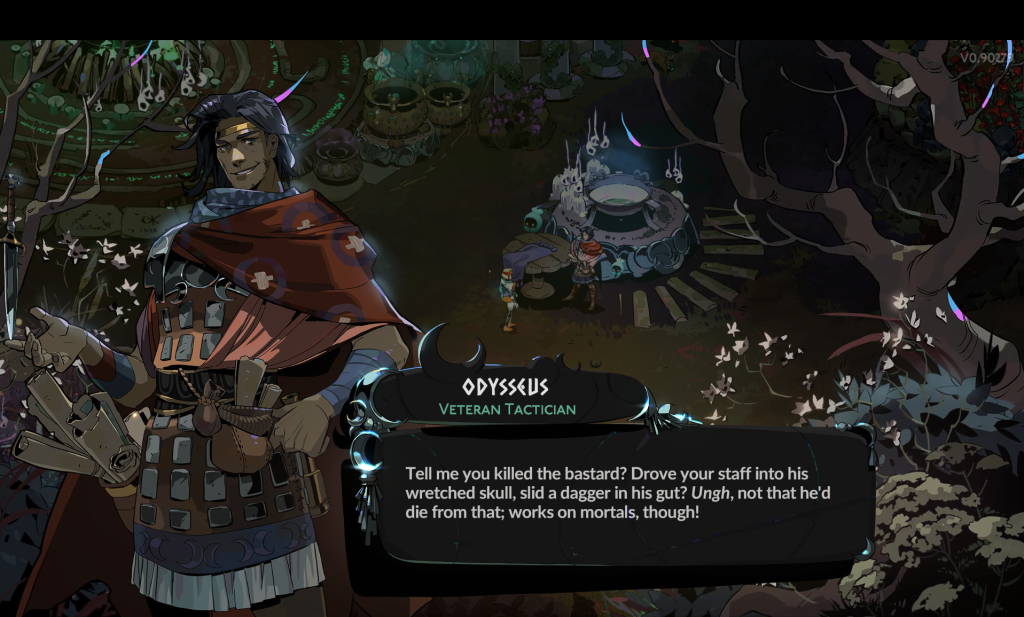
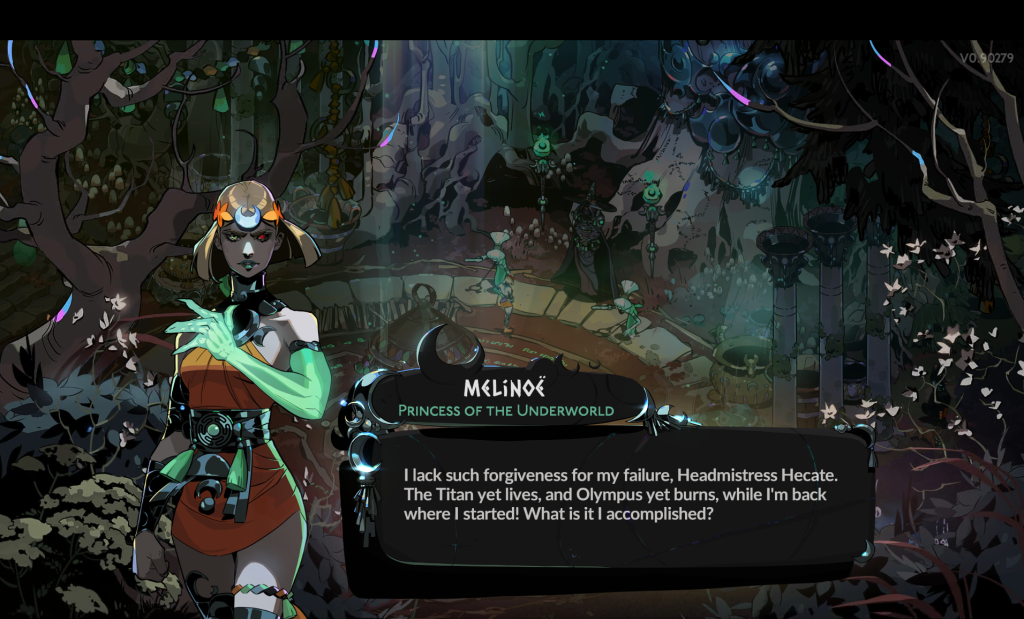
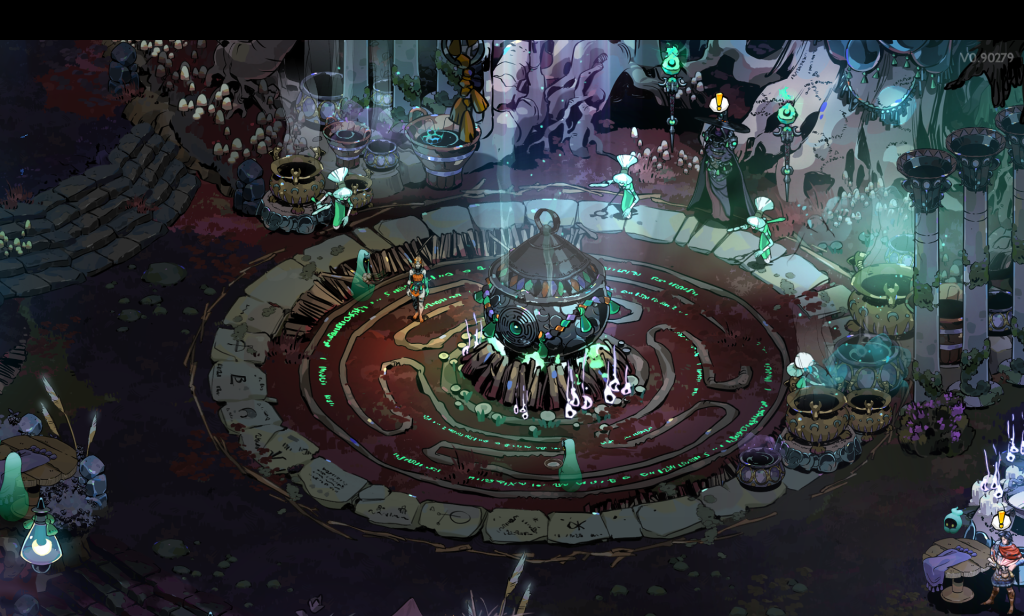
Supergiant’s art direction has always been its greatest strength, and Hades II is perhaps the studio’s finest yet. The environments shine with details: vine-draped, moonlit ruins, hellish passageways hidden in mobile shadow, sanctums pulse with muted magic. Character portraits remain beautifully expressive, drawn lovingly and mythic in gravity. Each frame possesses an almost painterly quality. Clarity is unwavering, regardless of the degree of chaos in combat. The player is kept alert by the diverse design of the enemies, the fact that attacks are read instantaneously, and the fact that particle effects dazzle without being overwhelming.
The soundtrack, which was composed by Darren Korb, is a revelation. Hades II introduces ritualistic percussion, ethereal vocalists, and haunting melodic motifs, in contrast to the first game’s emphasis on fiery rock and metal tones. Melinoë’s voyage is perfectly reflected in the tone of each track, which is both mysterious and mournful, yet consistently propels the listener forward. Your run is not merely accompanied by the music; it is also accelerated by it.
Voice acting once again gives the gods and creatures that live in the world depth and personality. Melinoë’s vocal performance, in particular, expertly balances vulnerability and fortitude. Even brief exchanges are imbued with personality by the writing.
Roguelikes depend on how well they reward players for doing the same thing over and over again, and Hades II does this perfectly. Every time you run, you move the story forward and unlock new dialogue, abilities, and lore. The progression system has grown a lot. New currencies are used to build bases, make spells, and build relationships.
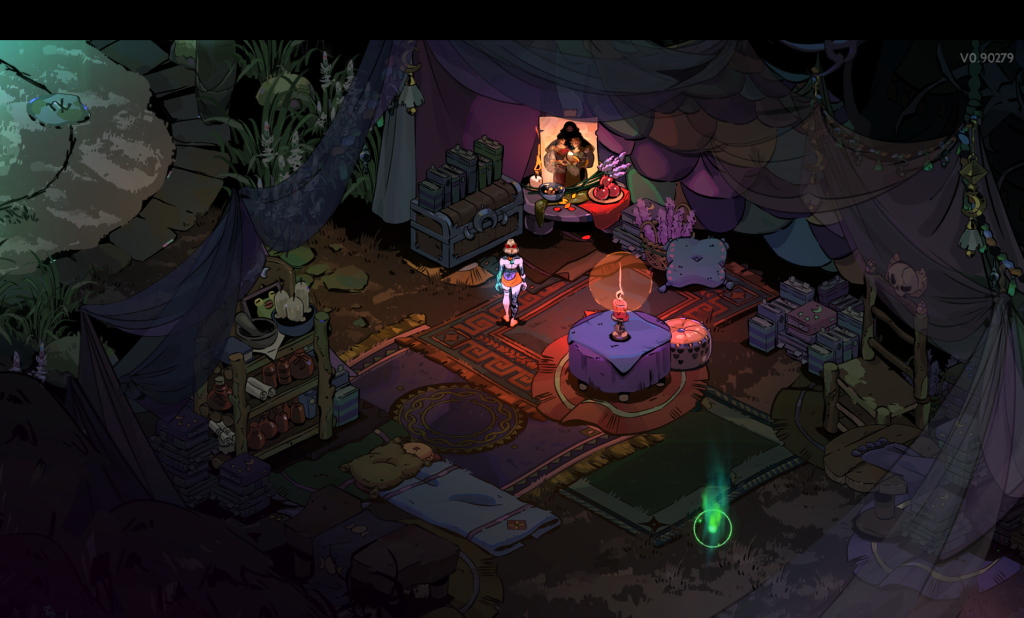
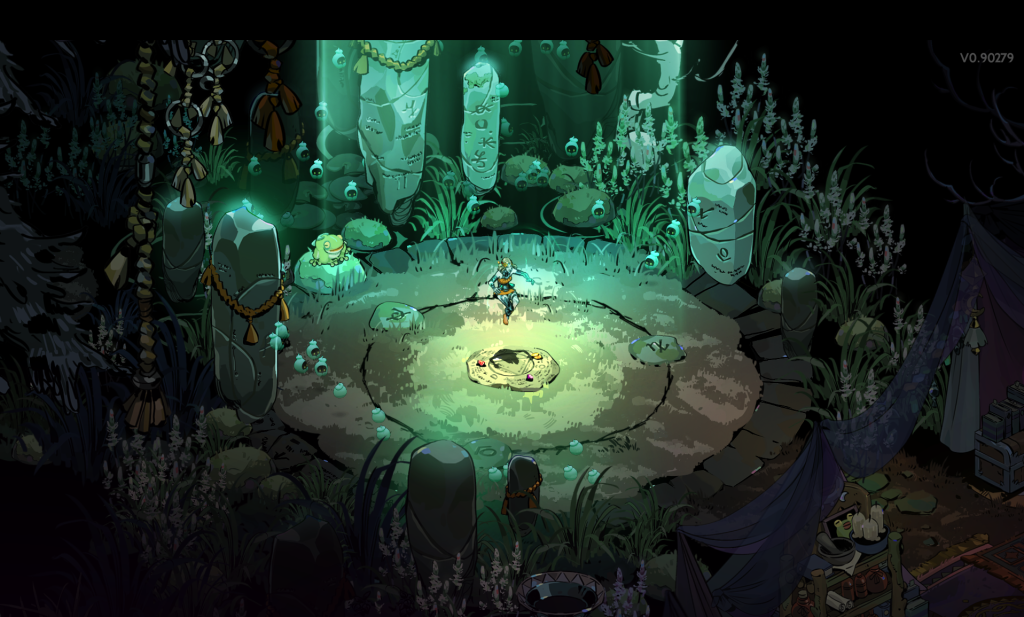
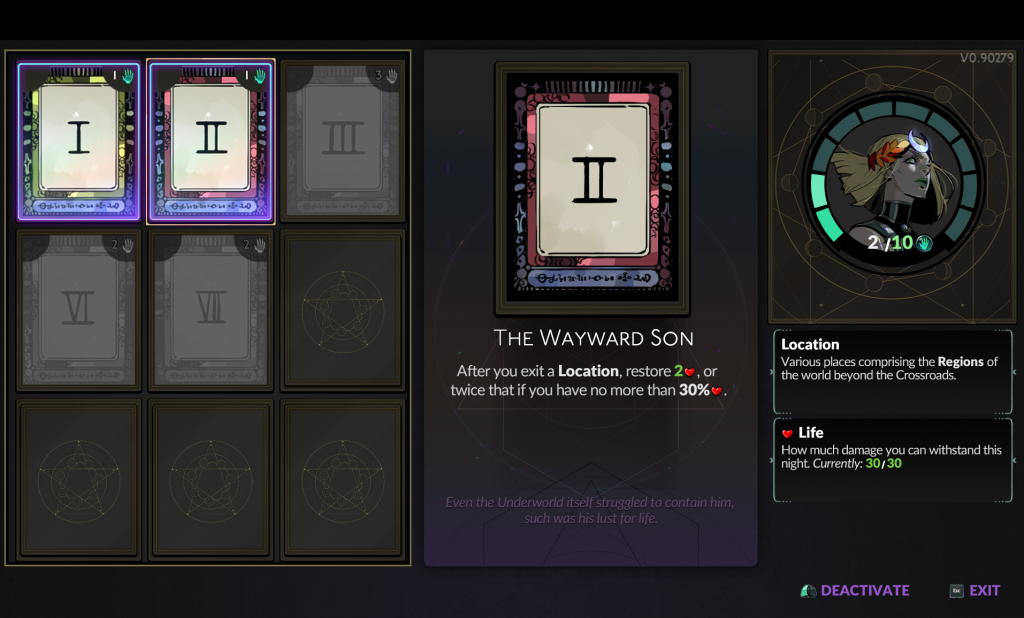
The Crossroads is more than just a place to wait between runs; it’s a real community. As your story goes on, NPCs train, gossip, and change. Small changes, like a new piece of furniture, a new line of dialogue, or a slight change in the lighting, make the world feel alive and responsive. Hades II is able to keep the feeling of discovery going for a lot longer than most games in the genre, which is probably the most impressive thing about it. Even after dozens of hours, new storylines and interactions keep popping up. Supergiant’s biggest success is still its unique way of telling stories by repeating them over and over again.
Even in its brilliance, Hades II isn’t flawless. The sheer number of overlapping systems can be overwhelming at first; there’s more to learn, more to manage, and more to remember. The early hours can feel dense until the mechanics click into place.
In terms of story, some subplots end too quickly or rely too much on knowing the first game. Players who are new to Hades might sometimes feel like they don’t have all the information. Some fights in the late game can also get a little crazy, with too many things happening at once making it hard to figure out what the enemies are doing. But these are only small flaws in an otherwise beautiful whole. For every moment of confusion, there are ten of joy.
A Triumph Worthy of the Gods
It’s not common for a sequel to stay true to the spirit of its predecessor while also being better. Hades II does just that. It’s not just a continuation; it’s a fresh and daring new look at what a roguelike can be when story, mechanics, and art come together perfectly.
Melinoë’s story is different from Zagreus’s, but it also fits into the larger story, adding to the myth without taking away from it. The ways the game works encourage players to try new things without punishing them for failing. The art and music come together to make an enchanting rhythm that pushes you deeper and deeper into the Underworld.
Not only has Supergiant Games made another great roguelike, but they have also made one of the best action games of the decade. It’s not often that every part of a story—like the plot, the design, the sound, and the pacing—feels like it had been intended and earned.
If the first Hades was a breakout success, Hades II is the moment the studio ascends to Olympus.



